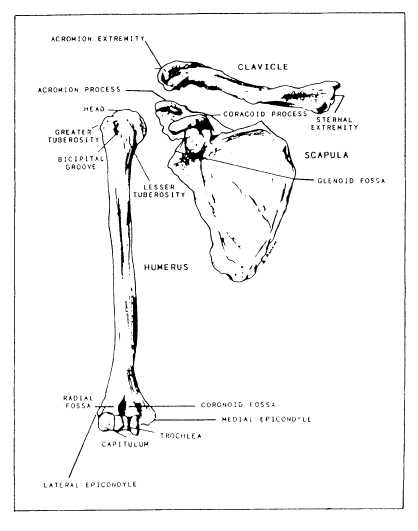
Figure 3-19.—Shoulder girdle and arm bone. the forearm, the wrist, and the hand (figs. 3-19 and 3-20). The specific bones that form the framework for the upper extremity are:
Clavicle . . . . . . . . collarbone . . . . . . . . . 2
Scapula . . . . . . . . . shoulder blade . . . . . . 2
Humerus . . . . . . . . arm bone . . . . . . . . . . 2
Radius and ulna . . forearm bones . . . . . . 4
Carpals . . . . . . . . . wrist bones . . . . . . . 16
Metacarpal. . . . . . . bones of the palm . . . 10
Phalanges . . . . . . . finger bones . . . . . . . 28
The CLAVICLE forms the front part of the shoulder girdle. It lies nearly horizontally just above the first rib and is shaped like a flat letter S. The clavicle is a thin brace bone that fractures easily. Its inner end is round and attached to the sternum; its outer end is flattened and fixed to the scapula.
The SCAPULA is a triangular bone that lies in the upper part of the back on both sides, between the second and seventh ribs, forming the posterior portion of the shoulder girdle. Its lateral corner forms part of the shoulder joint, articulating with the humerus.
The HUMERUS is the longest bone of the upper extremity and is often called the arm bone. It articulates with the shoulder girdle to for-m the shoulder joint and with the bones of the forearm to form the elbow. Its anatomical portions include a head, a rounded portion that fits into a recess of the scapula called the glenoid fossa; the greater and lesser tuberosities, which are enlargements of the superior end; the surgical neck, a slight narrowing distal to the tuberosities and a frequent
